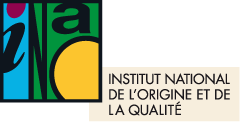This article is older and has been archived.
It remains accessible, but the information provided may be out of date or incorrect.
News
Normandy oysters awarded PGI status
The "Huître de Normandie", an emblematic Normandy product, is now officially recognized as a Protected Geographical Indication (PGI). The PGI was registered on October 24, 2023 by the European Commission, granting it Europe-wide protection. This recognition enhances the know-how of local oyster farmers, who take advantage of the particularities of Normandy's coastline to produce this exceptional shellfish.
An emblematic holiday product, to be eaten all year round
The "Huître de Normandie" is a hollow oyster. Its shell is hard, evenly shaped, with no chipped parts.
The muscle is firm and keeps the shell closed, allowing the "Huître de Normandie" to keep well during transport and marketing. The "Huître de Normandie" is sold in "bourriche" or retail, presented in its original "bourriche". Indispensable on holiday tables, this product can be eaten all year round.
A specific natural environment
The geographical production area of the "Huître de Normandie" covers the communes of the Normandy coastline in 4 départements (Calvados, Eure, Manche, Seine-Maritime), from the commune of Granville (50) in the south to the commune of Sainte-Marguerite-sur-Mer (76) in the north.
Normandy's coastline offers natural conditions conducive to oyster farming:
- The foreshore, the part of the coastline uncovered at low tide, is wide and open; it is subject to strong marine currents.
- The many watercourses in the territory's various watersheds, as they flow into the sea, provide the nutrients that favor the development of phytoplankton on which oysters feed.
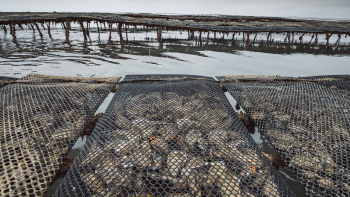
A know-how closely linked to this natural environment
Oyster farmers in Normandy have, over time, learned to make the most of the sometimes difficult conditions of this natural environment. Oyster production in Normandy was initially based on the exploitation of natural oyster beds. Oysters were harvested and stored on the foreshore, awaiting shipment. The Normans found that oysters exposed to the alternating tides kept better during transport, as they remained closed, whereas freshly fished oysters opened and died quickly. This practice, known as "trompage", developed in Normandy. The scarcity of natural oyster beds at the end of the 19th century led to the development of current farming practices, while preserving the typical Norman trompage. The know-how of Normandy's oyster farmers is also evident in the handling of the bags that contain the oysters, moving them to the foreshore to encourage shell growth and the formation of a regular shell thanks to the strong sea currents of the English Channel.
.Key figures
380
concessionnaires
Environ 1 200 ha
de parcs à huîtres
25 000
tonnes d’huîtres
Press release
Communiqué de presse : L'Huître de Normandie reconnue en IGP
CP INAO : L'Huître de Normandie reconnue en IGP
The latest approvals for French SIQO products
The name "Pérail" is officially recognized as a Protected Geographical Indication (PGI), by publication, on May 26, 2025...
News
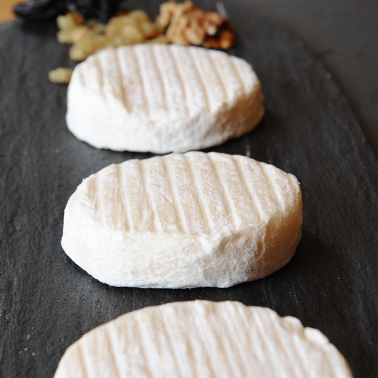
News
The name "Caviar d'Aquitaine" is officially recognized as a Protected Geographical Indication (PGI), with the...
News
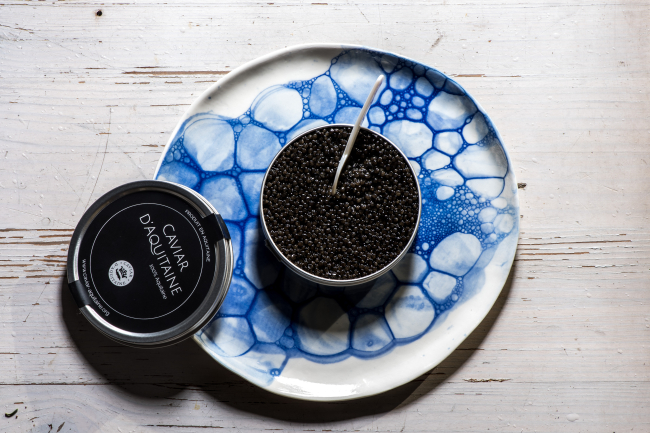
News
The "Melon de Cavaillon" denomination is officially recognized as a Protected Geographical Indication (PGI), with the...
News
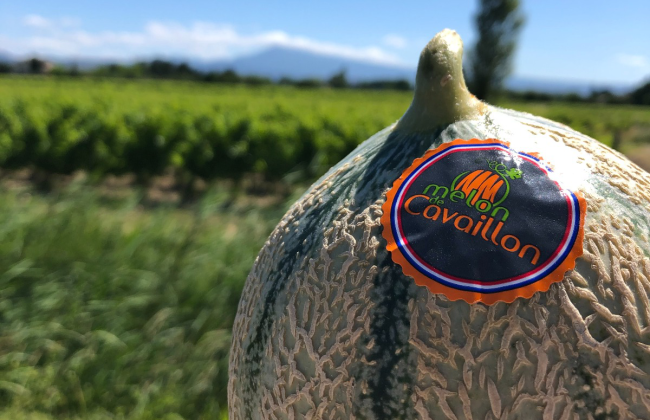
News
